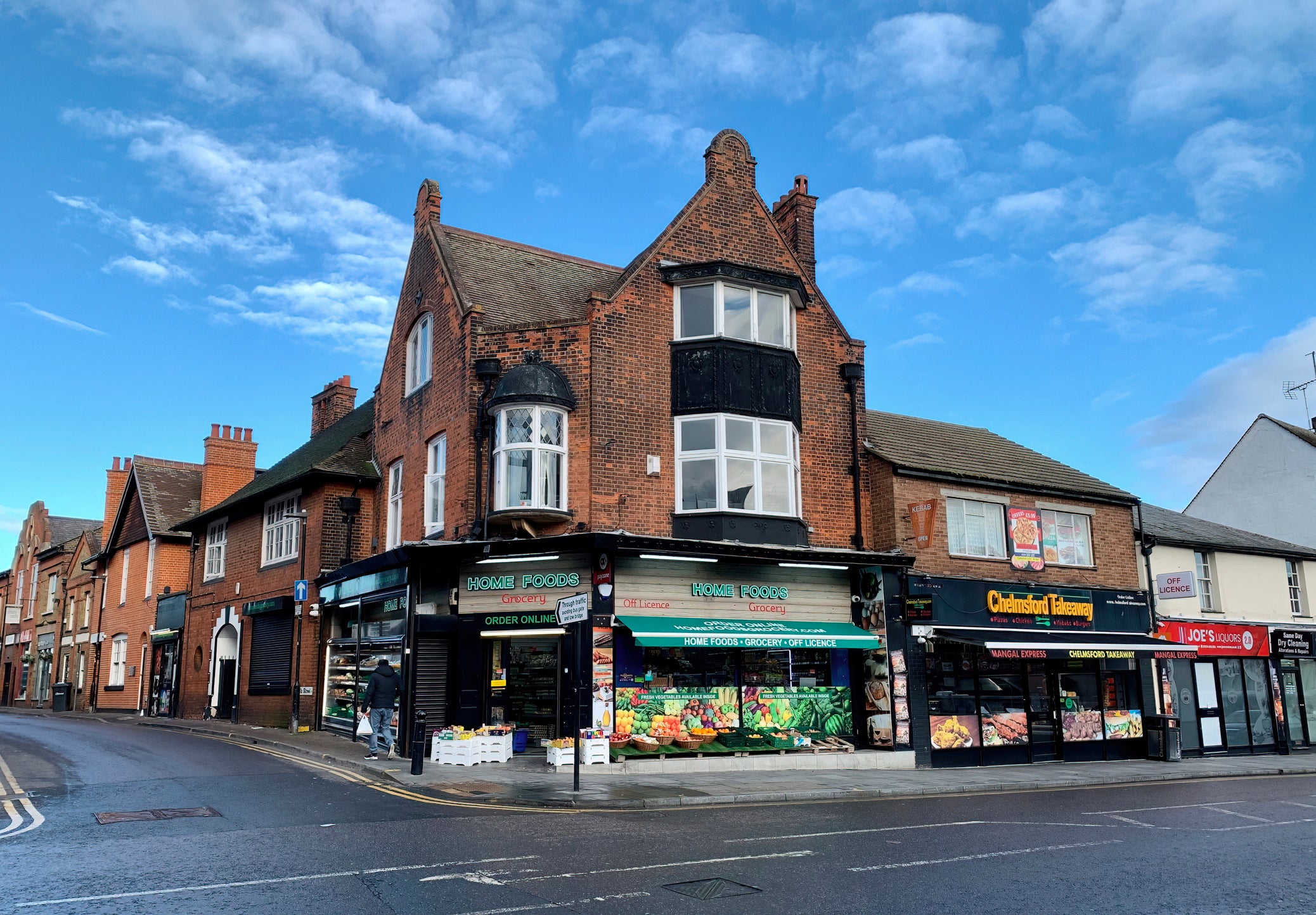The truth about 15 minute cities and the ‘deep state’
We can’t let conspiracy theorists co-opt this idea for themselves – it’s too good


Three years ago we were all told to stay at home. Then followed the grim inevitability of watching the virus spread across the world – seeing foreign cities and countries lock down one after the other – while we washed our hands and bumped elbows.
For those who were able to stay healthy and supported, and who weren’t directly involved in the unfolding horror of care homes and hospitals, the first lockdown had a magical quality. The roads were quiet, the skies were clear, and we went about by foot or bike on journeys that lasted no more than a quarter of an hour – life became much, much, more local.
Politicians were quick to jump. The slogan “Build Back Better“ was splashed on podiums and TV screens, recognising that amid the distress, lockdown had uncovered something about how we organised our towns and cities, and how we lived our lives.
The crisis seemed to offer an opportunity to rethink and change things for the better – to pursue a fresh approach, centred on stronger neighbourhoods.
Yet the idea of a 15-minute neighbourhood is being used to suggest that shadowy forces want to keep people trapped forever in a tiny walking radius from their home. It has developed – like so many other things from the past three years – into a conspiracy theory.
Propagated by a mix of conspiracy theorists, the far-right, and the shamefully opportunistic, a growing number of people are being persuaded that the “deep state” has a secret plan to contain citizens within 15-minute cities. The second step of this nefarious scheme will be – in the recent words of one concerned MP – to “take away personal freedoms”.
For some, it’s an extension of a debate about the role of the state, business and individual rights that came to the fore during Covid – whether on lockdowns or vaccines – and for others it’s just a way to agitate for their own benefit. How on earth did we get here?
I believe we need to reclaim the idea of 15-minute cities from the distortions and opportunism of conspiracy theorists, and persist with its central and original premise: putting the focus on how every neighbourhood, wealthy or not, well-connected or not, should be somewhere that people feel proud to call home and meets their needs without being forced to travel for life’s essentials.
During lockdown we all turned our attention to what was right on our doorstep: the shops and resources we had on our local high streets, the independent places that were often closed by the time we’d travelled home from work at the end of a pre-lockdown day.
They were suddenly the cornerstone of our daily life. Taking the time to walk to the shops, to squeeze in some more outdoor time by going to a greengrocer and then to a butcher, instead of doing one big shop in a supermarket, became a regular part of life, rather than a time-pressed rarity.
We also got used to roads free from traffic, fumes and noise, as we got used to children being able to cross the street safely, or to cycle to the park without having to fear for their safety.
As we started to think and dream about how life could be better after the virus, attention turned to how we use our streets, and in particular how we design low-traffic neighbourhoods (LTNs). How could we prevent the return of the rat running, the noise, the pollution and the aggression that comes with too much urban driving?
Studies have shown that LTNs successfully reduce traffic within and around their neighbourhoods, and lead to more residents walking and cycling. I believe that councils should be more confident in expanding the benefits of LTNs to more communities.
But this was only ever supposed to be part of the change, not the whole thing. Building Back Better was also meant to be about how we make sure that neighbourhoods meet the needs and aspirations of their residents. Why, in built-up areas, were people having to travel for what should be local to them? Our immediate surroundings should offer more variety, and allow everyone to live a good life.
That was the original thinking behind 15-minute neighbourhoods. It was a way of ensuring that everyone – wherever they lived – had access to shops, sport and leisure facilities; to somewhere they can go out for a drink or dinner; to good green spaces and areas for children to play; to healthcare and services that they can reach on foot; all without having to pay for petrol or travel fares.
Instead, we’ve ended up here: where the focus is now solely about the flow of traffic, not the quality of place, which has provided an opening for cynical opportunists to whip up fear in a fair chunk of the population, when we should be embracing change in our area.
I hope this gives councils and local decision-makers serious pause for thought about the places they’re responsible for. Action on traffic-dominated streets needs to be matched with a renewed approach to reinvigorating local neighbourhoods.
Doing this would be no mean feat – at a time when councils are already hard-pushed to deliver front-line services after more than a decade of funding cuts – but I believe it is doable.
It means looking innovatively at empty shops and run-down town centres; rethinking how cash-strapped public services can be made more accessible and more responsive to the communities they serve; and how councils go about investing in placemaking so that no neighbourhood feels left behind or neglected.
Crucially, in whatever changes councils make, it needs to be done with communities and not just to communities. This is achieved through intensive engagement and the use of citizen assemblies – genuinely representative consultation that amplifies the quieter voices in our society.
Only then can we cut through the profound anxiety about changes in our local area that we see increasingly being exploited.
We should not lose sight of the hope and positive message that was central to Build Back Better. We need to stop being preoccupied with 15-minute journeys and instead focus on making every neighbourhood a great place to live.
Matthew Bennett is the former Deputy Leader of Lambeth Council, with experience of working on economic inclusion and building better places
Join our commenting forum
Join thought-provoking conversations, follow other Independent readers and see their replies
0Comments